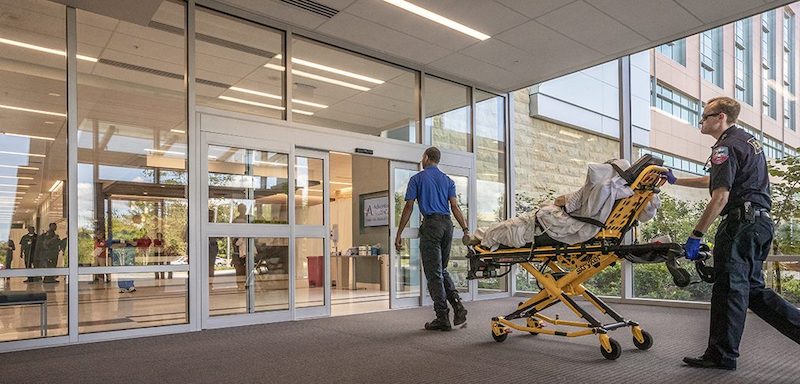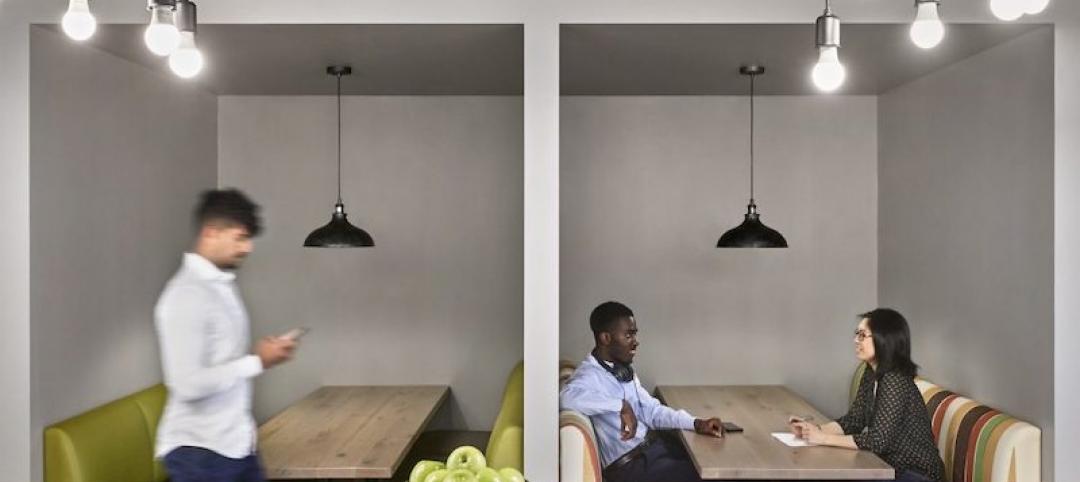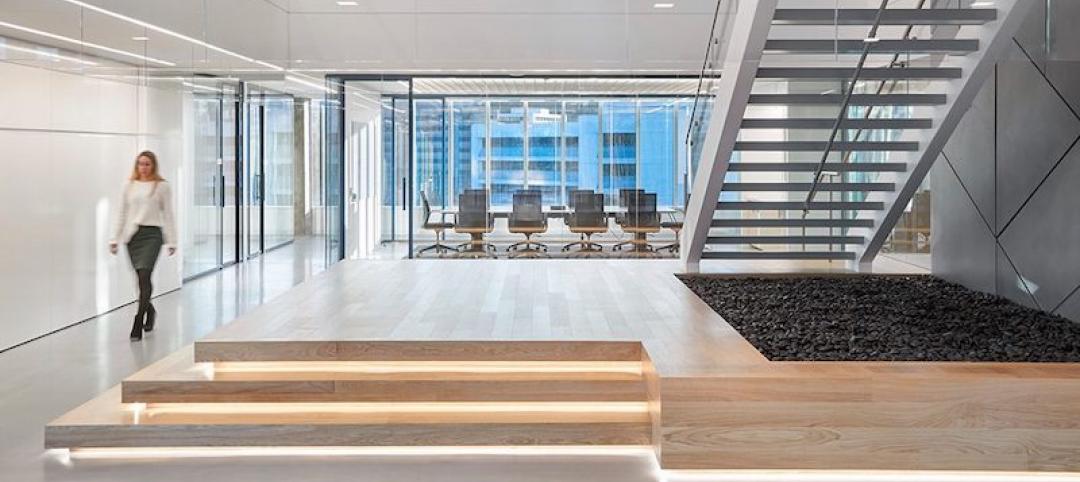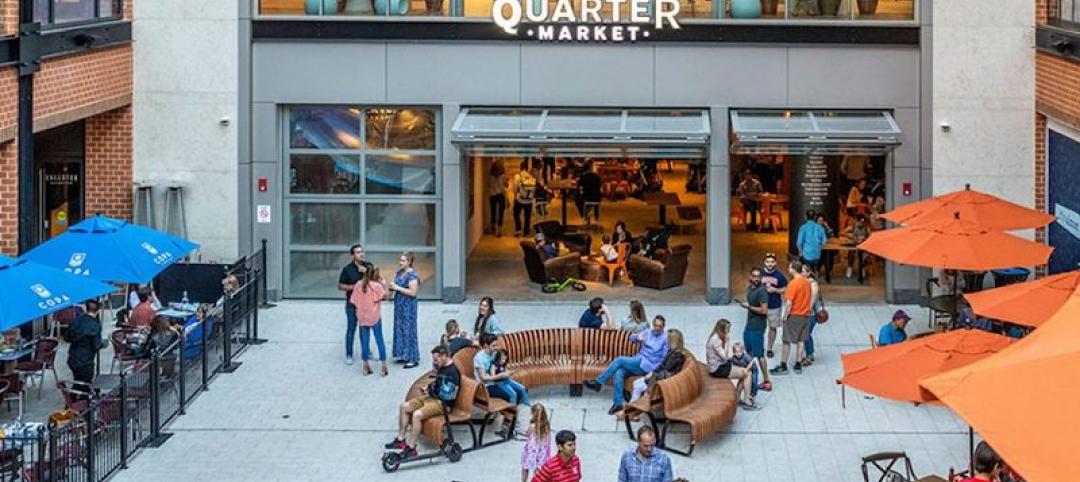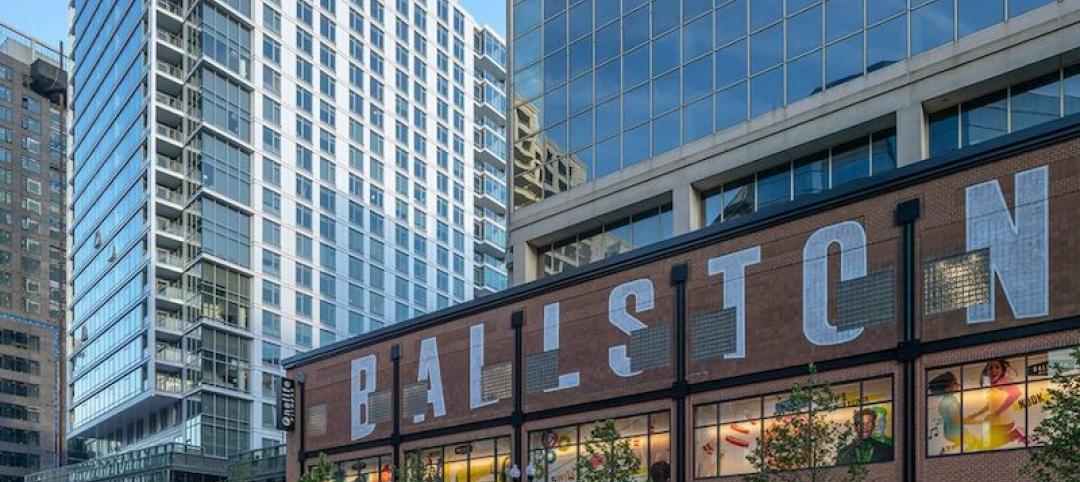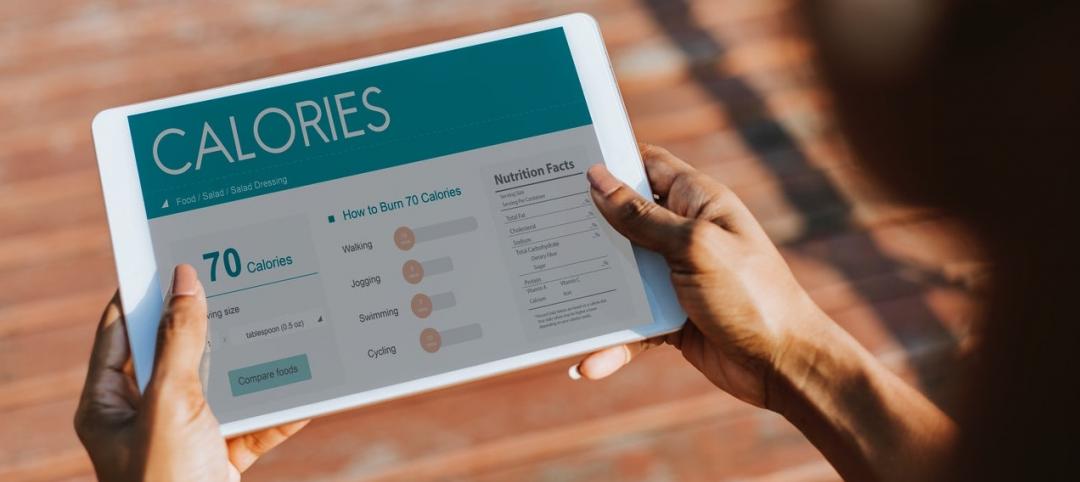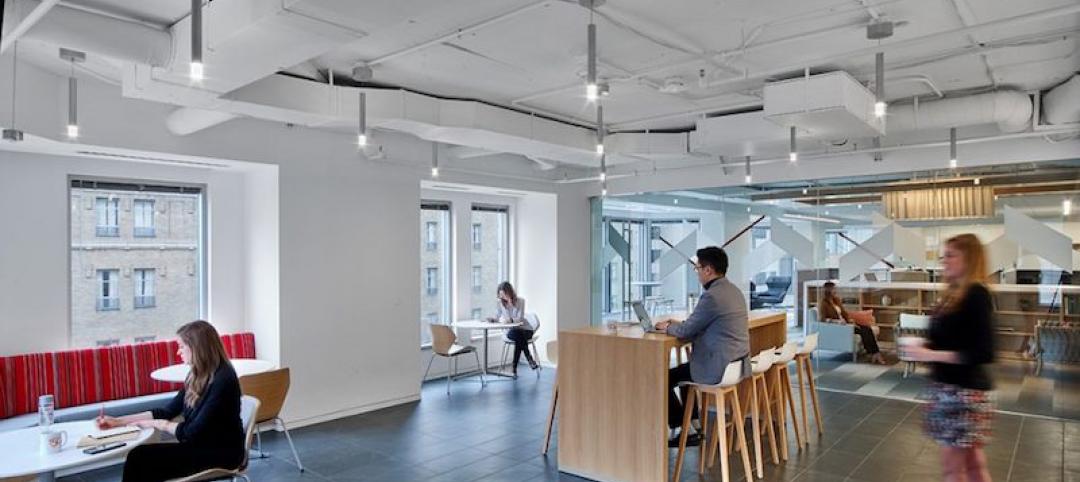Perhaps no industry has experienced more disruption in the last decade than healthcare. Roiling rip tides of legislation, quantum leaps in new technology and growing consumer sophistication are only a few of the change agents that have made healthcare today almost unrecognizable to an observer from the early 2000s. And, yet, amid this change, one thing remains constant: people continue to get sick.
Thankfully, where they go to get better is also changing. Hospitals and healthcare environments are morphing before our eyes, and new models are emerging almost every day. But how does this transition happen? How do we move from inefficient, outdated facilities without jeopardizing quality of care or, even more fundamental, continuity of care, especially for acute care patients whose lives depend on uninterrupted monitoring? And, with all the staff training necessary to learn new equipment in a new facility, how do we avoid driving them into burnout?
That’s where an often-overlooked team comes in—healthcare transitioning. The healthcare transition team relocates not only all the necessary equipment, files and supplies from one hospital to another, but the people, too. The transition team follows a philosophy in which change is the unavoidable event—it is going to happen whether people want it to or not. Transition, then, is the reception to this change—and this is where the process of transitioning starts to become surprisingly poetic.
“Things move,” says Velma Jackman, an associate vice president in CallisonRTKL’s Dallas office. “But people transition,” she continues. “Physically moving everything and everyone is the easiest part of our job, but the emotional and psychological transition for the staff and patients is the most difficult.” After all, moving is consistently ranked as one of the top 10 most stressful life events, often beating out even bankruptcy and divorce.
Hospital employees, though excited about technological advancements, are expected to navigate a new workplace and care for their patients at the same time, all while training on new equipment and navigating a new building. Shutting down the building for a day or two is just not an option. “It’s like trying to walk on a tightrope without knowing how to walk on a tightrope,” Jackman says. Plus, there’s no safety net.
One way to mitigate this fear of the unknown is faith in the process. Beginning with initiation and working through planning, documentation, execution and evaluation, the team customizes their theory-based approach to align with the true north of the design intent. From there, they work closely with staff to customize the approach through a shoulder-to-shoulder coaching method, often establishing a “Move School” where employees can virtually walk through their new space and have their questions answered.
Recently, the CRTKL-designed Adventist HealthCare White Oak Medical Center—a brand new hospital replacing the Washington Adventist Hospital’s 109-year-old building—opened to great fanfare and high expectations. White Oak offers state-of-the-art technology as well as a multitude of biophilic, green design elements to promote holistic healing, like rooftop gardens and walking trails. The hospital came together beautifully and promises to continue Adventist HealthCare’s legacy of care in the community in a space that evolves with the hospital’s ever-changing needs.
Just one question remained–how do the patients get there?
 CallisonRTKL’s transition team works with hospital staff to move patients to the CRTKL-designed Adventist HealthCare White Oak Medical Center; Photo © CallisonRTKL.
CallisonRTKL’s transition team works with hospital staff to move patients to the CRTKL-designed Adventist HealthCare White Oak Medical Center; Photo © CallisonRTKL.
“Planning, testing and more planning,” says Jackman. “Our team spent over two years developing a critical path roadmap for the move,” she explains. “It’s like a puzzle—the more pieces there are, the more complex it becomes. It’s not as simple as driving people back and forth; every patient has files, equipment and needs unique to their conditions, and we had to account for the intake, inventory and organization of each of these pieces.”
In the weeks leading up to the long-awaited move, CRTKL’s team conducted multiple practice runs featuring volunteers who were assigned different patient conditions to account for—like pneumonia, sepsis and labor. They were even given scripts, written by the transition team, to accommodate a multitude of different situations. The simulated patient volunteers checked in, put on their ID bands and hospital gowns, and attached themselves to the medical equipment reflective of what the patient they represented would need. After being loaded into an ambulance with all their new belongings, they were set up in their new rooms under the watchful eyes of multiple caretakers.
“It’s important for us to take these drills seriously,” Jackman continues. “Obviously, the stakes are much higher in the actual move, and we learn more about how to improve patient care and comfort with every practice run that we do.”
Another issue unique to healthcare transitioning is the impact of the all-too-common construction schedule drift. While delays are a nuisance in any project, they can quickly become life-threatening in a clinical environment. Any time anyone touches anything in the hospital, it must then be sanitized, checked for quality, and reworked to ensure there is no chance for infection to spread. “When you drive a screw into a wall, sawdust falls to the floor. In a hospital, that sawdust is potential infection,” Jackman explains.
On August 25th, 2019, CallisonRTKL’s transition team and Adventist HealthCare hospital staff moved over 100 patients. Twenty ambulances drove back and forth from Takoma Park to Silver Spring, MD, transporting patients and their supplies throughout the day.
A little over a month later, the team did it again in Wisconsin.
Fewer pieces and patients, perhaps, but with no lesser consequences, Tomah Memorial Hospital first opened in 1952. It was a 25-bed independent, critical access hospital looking for a re-brand and a newly designed facility to further inspire health, wellness and care for the patients and families they serve. After the new three-story, 140,000-SF Tomah Health completed construction, CallisonRTKL’s transition team moved the hospital’s entire suite of patients in just over an hour.
When it was finally complete, Jackman recalls a hospital executive’s response. “Velma?” he called, “This is all so… anti-climactic.” This comment became the team adopted motto, proving that their years of planning had truly paid off.
“Even though it was a smaller operation than some we’ve done, it was still critical that we planned every detail of the move,” says Jackman. “Many patients are suffering from a variety of acute and chronic conditions that require multiple and different levels of care, and we needed to ensure that the move was as safe and comfortable for them as possible.”
In an industry that celebrates design and implementation, transitioning often falls to the wayside. It’s a specialty that may not look as good on Instagram, but without it, people die. Thanks to our healthcare transition team, patients, families and staff at both Adventist HealthCare White Oak Center and Tomah Health are now enjoying the human-centric design upgrades at their new facilities with ease and can fully leverage their innovative design.
More from Author
CallisonRTKL | Dec 20, 2021
Digital nomads are influencing design
As our spaces continue to adapt to our future needs, we’ll likely see more collaborative, communal zones where people can relax, shop, and work.
CallisonRTKL | Jun 30, 2020
The great reset and our new work life
As many countries begin to return to the office, it’s a chance to ask ourselves: what do we truly value?
CallisonRTKL | May 4, 2020
How working from home is influencing design
The lessons learned in the next few months can help shape how we work and design in the future. For now, remote work is different – and our new normal.
CallisonRTKL | Feb 26, 2020
Sustainability in a material world
The concepts of embodied carbon, zero waste, and deconstruction and reuse often run on parallel tracks.
CallisonRTKL | Jan 6, 2020
Retail re-invention: Five questions to ask
Why have some malls survived their long-predicted demise, thriving and bumping with new generations of shoppers, while others have been relegated to the ash heap of deadmalls.com?
CallisonRTKL | Aug 6, 2019
Saving the American mall in 5 steps
CallisonRTKL Vice President Marc Fairbrother explains how struggling American malls can turn it all around.
CallisonRTKL | May 29, 2019
Smart buildings can optimize wellness
Employees want wellness initiatives built into their work experience, especially when they’re in spaces that can leave them feeling stiff, stressed, and sick.
CallisonRTKL | Apr 5, 2019
2019 trends in the workplace
From retention and career advancement to the ethics of inclusion and diversity, these five trends will play a major role this year in design, strategic planning and workplace development.
CallisonRTKL | Jan 28, 2019
9 tech trends to track in 2019
Innovations in voice recognition, cognitive neuroscience, and biometrics are among the trending tech topics for 2019, according to CallisonRTKL's Kristin Tilley.
CallisonRTKL | Dec 3, 2018
Biotrack your shop
Sabrina Hilfer, a specialty retail designer, talks about the integration of biometrics in the retailscape.

